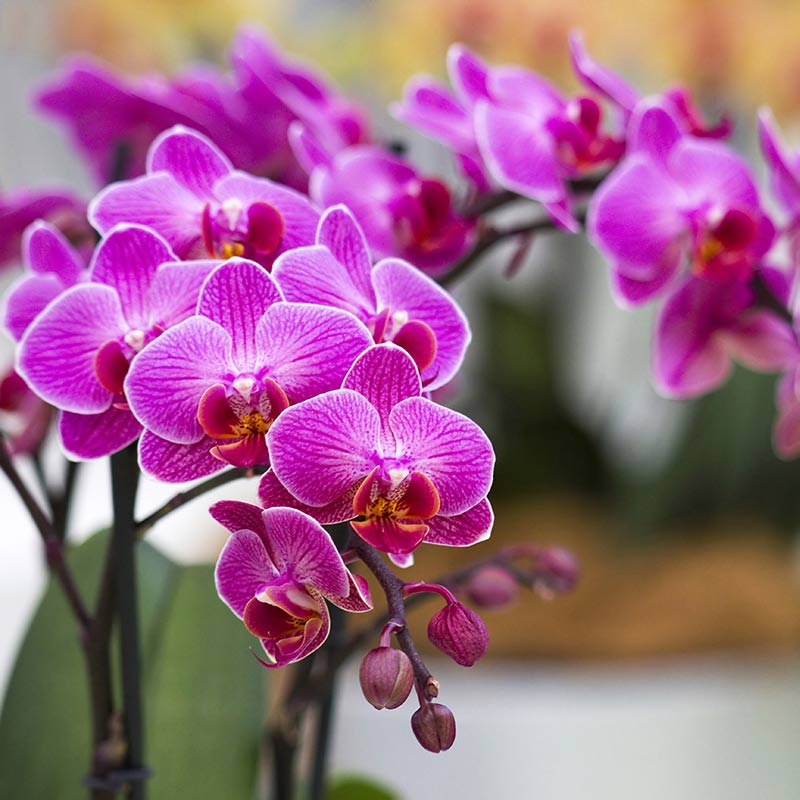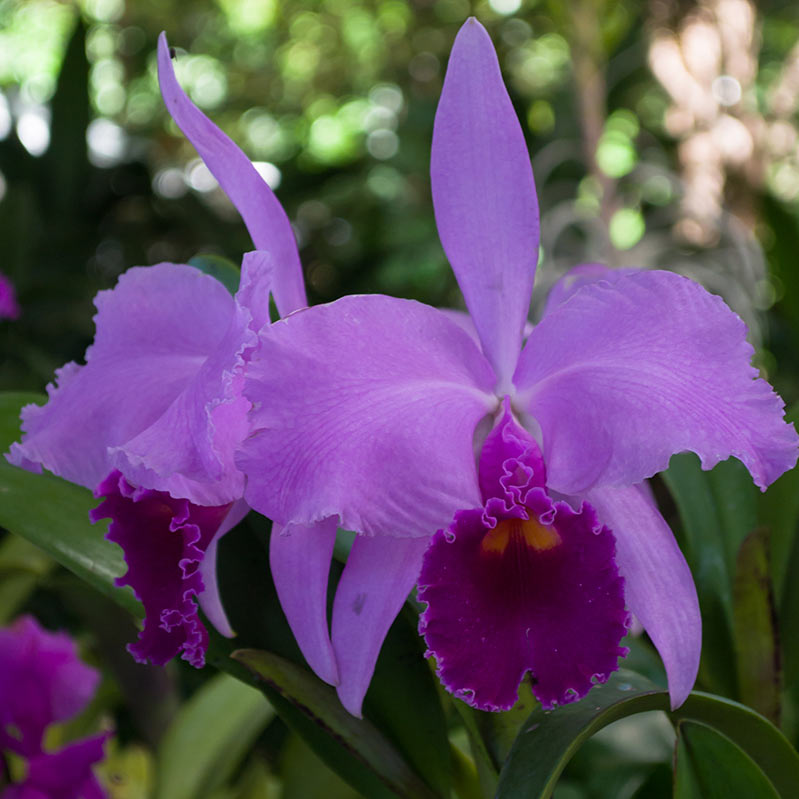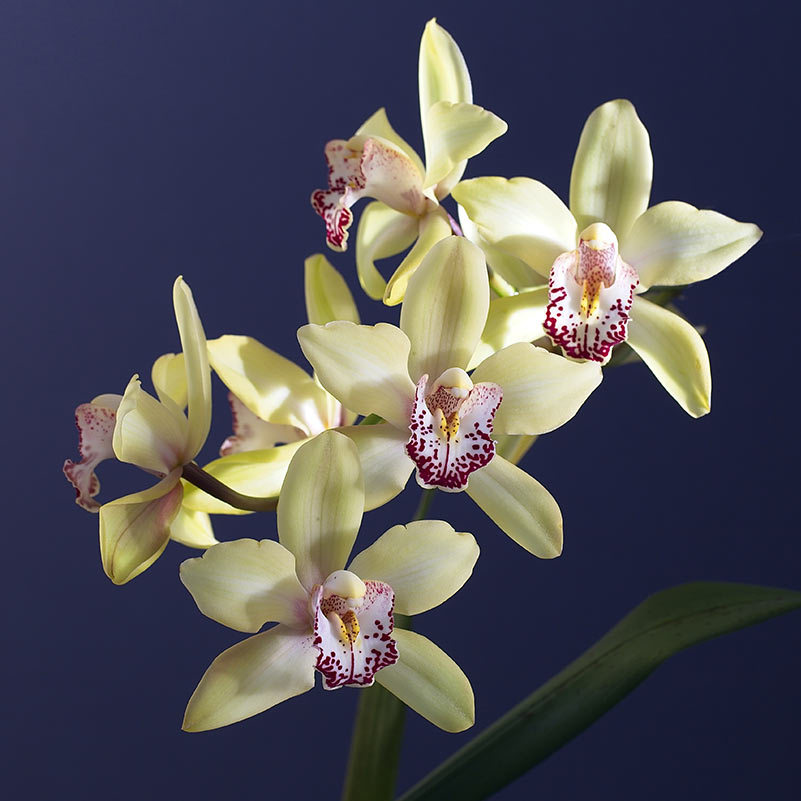Orchids 1-2-3
There’s no reason for green thumbs to turn pale at the idea of growing orchids. True, some orchids are demanding, but others, not so much. Those are the ones we recommend. Our 5-point recipe for success provides easy and sound advice to take care of your orchid’s needs without putting yourself into therapy. Just think in these simple terms: light, water, temperature, soil and food.

Phalaenopsis
Also called Moth Orchids because their flowers look like colorful moths in flight. Long-lasting, long-blooming and easy on the purse, get yours today in shades of white, pink, red, green, yellow, orange, or purple. Moth orchids add elegance to their surroundings no matter where you put them. With a little care, you’ll be treated to several blooms a year.

Cattleya
Typically, when people hear the word “orchid”, they picture a cattleya. This classic orchid with its lovely fragrance might bring back the only good memory from your prom—the corsage. They come in red, pink, white, yellow, and orange—some with beautiful markings in other colors.

Cymbidum
Sounds more like something from the periodic table of elements than a very popular orchid, doesn’t it? Waxy, long-lasting flowers and a fantastic range of color make the cymbidium a favorite, but beautiful blooms in the dead of winter make it a spectacular choice.
5-point recipe for success.
Orchids are beautiful, but growing them remains a mystery to lots of people. We’re here to tell you that if you can grow a houseplant, there are a number of orchids well suited for you. Just follow our simple, 5-point recipe for success.
1. Let there be light.
From above. And lots of it — 12 to 14 hours per day, year-round. Usually a south or east-facing window is best. Some gardeners use fluorescent lights instead, positioned about 8″ above the foliage.
2. Stay out of hot water.
Or cold. Just use clean (but not softened), room-temperature water to avoid shocking orchid roots. About once a week, water thoroughly and let the pot drain over the sink. Never allow an orchid sit in a saucer of water. With orchids, slightly dry is always better than soggy. Humidity is always good during the winter months. Use a gravel tray with water, but make sure the pot is sitting on the gravel, not in the water.
3. Keep it warm.
Mostly. 70–80 degrees in the daytime is ideal, but do not bake orchids in the sun. Move them to a cooler window if they get too hot. Temperature can fall as low as 55–60 degrees at night. A couple of weeks’ worth of cooler nighttime temps in the spring and fall actually help the orchid bloom.
4. Don’t dish the dirt.
In nature, some orchids grow in the ground, some in the branches of trees. At home, a special potting media is needed. The answer is to use a high-quality mix specially formulated for orchids— one that improves drainage and aeration — like Espoma Organic Orchid Mix. Never use ordinary soil from the garden.
5. Give them regular meals.
Orchids need more nutrients than are usually found in potting mix. A good rule of thumb is to feed one quarter strength weekly but not in mid-winter when plants aren’t actively growing, or right after repotting. We recommend a rich, high-quality, organic plant food like Espoma Gro-tone®, which feeds gently and naturally.
The post Have No Fear, Orchids Are Here! first appeared on Espoma.
from Espoma https://www.espoma.com/gardening-projects/have-no-fear-orchids-are-here/
from
https://summerblakeley.wordpress.com/2021/07/13/have-no-fear-orchids-are-here/
No comments:
Post a Comment